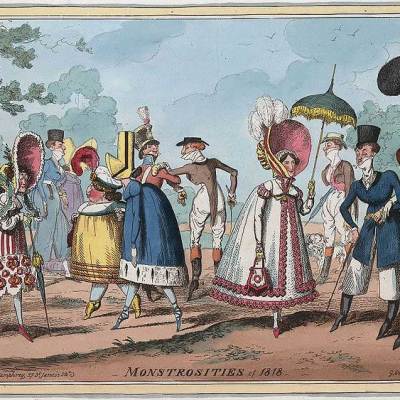Willem van Roijen was recently appointed the new chairman of TEFAF. We asked him a little more about his involvement in, and hopes for, Europe’s prestigious art fair, which has just opened in Maastricht.
Tell us briefly about your background and work outside TEFAF
I went to school in the United States, then got my law degree in the Netherlands, and worked for banks in various commercial banking functions, including as the founder/manager of the Art Finance Department for MeesPierson.
How did you come to be involved in TEFAF?
When I set up the Art Finance Department at MeesPierson I exhibited at TEFAF to promote the bank’s new activity. As a result I got to know many art dealers. Due to my financial background I was asked to become a board member 17 years ago, as a non-dealer, responsible for finance.
Click here for a gallery of highlights from TEFAF 2014…
What can people expect of your Chairmanship of the fair?
The fair is considered to be leading among the international art and antiques fairs due to its quality and the wide variety of works of art that are offered for sale. TEFAF has always closely followed trends in the art market, resulting, for example, in the addition of new specialist fields such as TEFAF Design in 2009; Islamic and Japanese art; and contemporary Chinese and Japanese ceramics.
We also constantly look to further improve our vetting system and have introduced state-of-the-art technical equipment that complements the expert’s eye. As chairman I would like to continue this strategy and retain our prime position, by maintaining our quality and variety, and by expanding TEFAF’s brand awareness globally.
What have been some of the highlights of TEFAF for you in past years?
The exhibition of works of art from the Hermitage in St Petersburg in 1993 really put TEFAF on the map. Visitor numbers jumped from 40,000 to 61,000. Due to the increasing popularity of the fair the length of our waiting list for exhibitors also increased. It turned out to be virtually impossible for young dealers to become part of TEFAF. I was, therefore, very happy with the introduction of TEFAF Showcase. Each year six exhibitors that have been in business for at least three but no longer than 10 years, are able to meet the high-level international collecting public by experiencing TEFAF on a one-off basis. Some of these Showcase exhibitors have since been invited to become regular exhibitors.
What are you most looking forward to at this year’s fair?
I look forward to making new art discoveries myself; to being surprised and inspired by so many beautiful things under one roof. It is like a huge eclectic museum where everything is for sale.
Any tips for people coming to the fair for the first time?
First look at the website and get a feel for the kind of works of art on show and where they are. At the fair you will find some 30,000 objects, online only a selection of some 1,000 works of art, but it will give you a good idea of what the fair is about.
The fair is divided into sections. Don’t try to see everything at once, but decide on which section or sections you would like to see first. The floor-plan will help you find your way around more easily.
Are there too many art fairs today? Can TEFAF continue to distinguish itself?
There are many local art fairs, but there is hardly any art fair that can be compared to TEFAF. As TEFAF closely follows global art market trends whilst maintaining its core values of Excellence, Expertise and Elegance, I am convinced TEFAF can continue to distinguish itself.
What’s next for TEFAF?
Our future strategy will respond to the developments of the global art market. We have several ideas which need to be explored before we can be more specific.
TEFAF Maastricht runs from 14–23 March 2014.
Related Articles:



